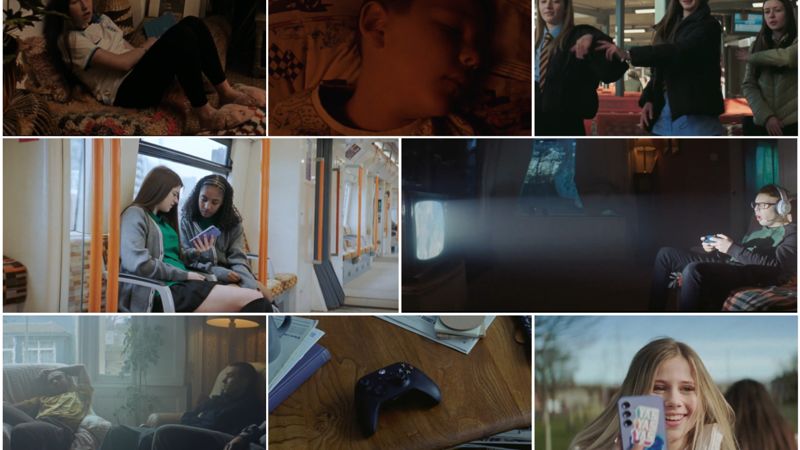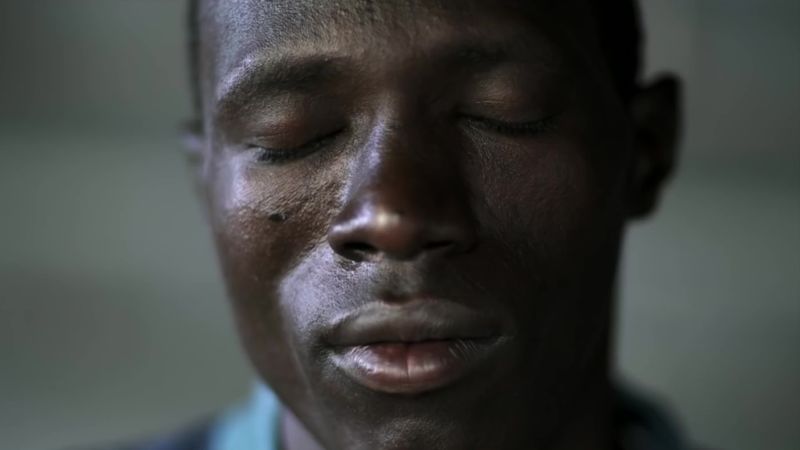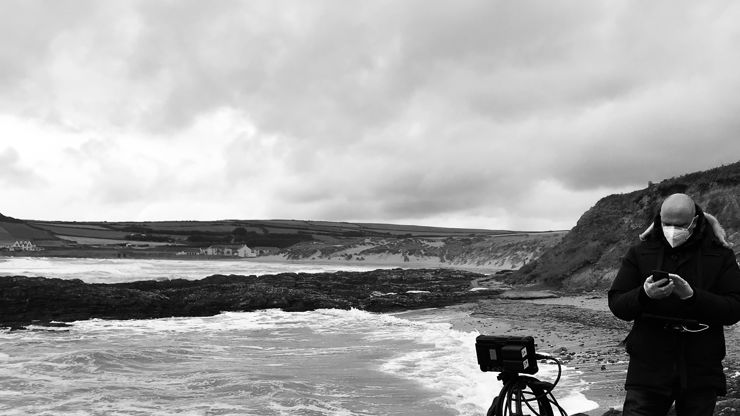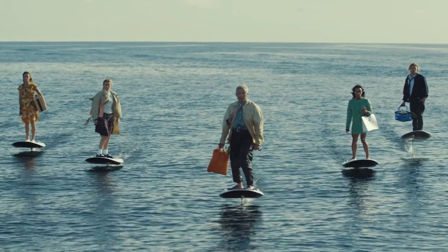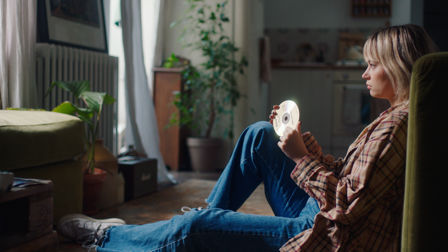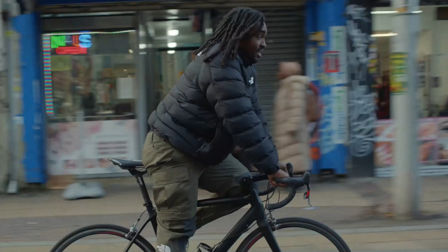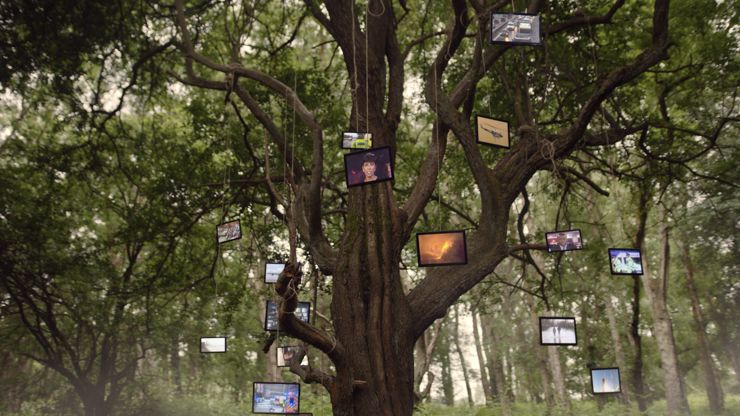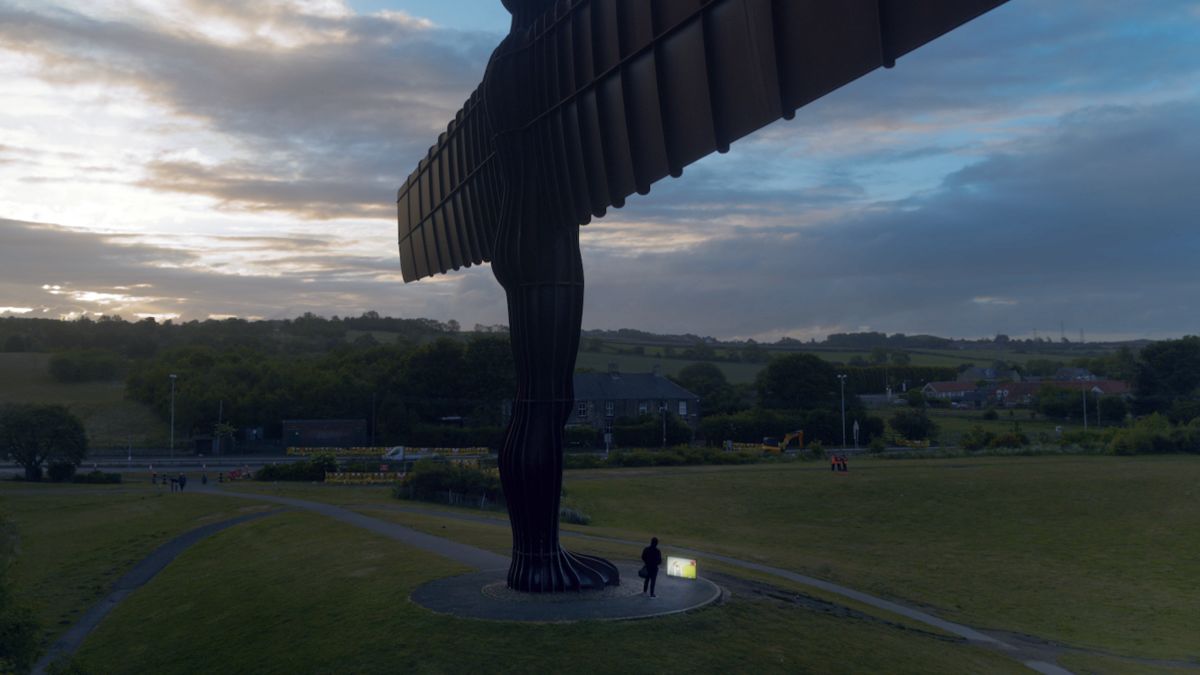The story of Our Stories
After the release of an epic film that brought together the UK's terrestrial TV channels we chat to Sam Walker, director of and one of the creatives behind the film, about its making.
Yesterday evening [Wednesday July 8] at just before 9pm, 21 UK TV channels across the BBC, Channel 4, Channel 5 and ITV portfolio played host to a historic first.
At that moment, those competing channels combined forces to broadcast a two-minute film that championed and celebrated the role UK broadcasters play across our lives and our culture.
Called Our Stories, the film is an epic, cinematic road trip that takes viewers across the UK, journeying through farmers’ fields, Cornish coastlines, factory floors and London estates to Antony Gormley's Angel of the North as well as the Royal Academy gallery.
Those varied locations are paired with some of the UK's most beloved TV shows and a poetic voice over to create a beautiful film that demonstrates the power of UK television. Below, we chat to Sam Walker, who directed the film through Pulse Films and who is also ECD at Uncommon London, the agency behind the campaign, about marshalling an iconic commercial.
Credits
powered by
- Agency Uncommon/London
- Production Company Pulse Films/London
- Director Sam Walker
-
-
Unlock full credits and more with a Source + shots membership.
Credits
powered by
- Agency Uncommon/London
- Production Company Pulse Films/London
- Director Sam Walker
- Editing Underdog/London
- Post Production Electric Theatre Collective
- Sound Design Soundtree Music
- Executive Producer James Sorton
- Producer Neil Andrews
- DP Jaime Feliu Torres
- Production Designer Tim Gibson
- Production Manager Ben Burdock
- Colourist Luke Morrison
- VFX Lead James Belch
- 2D Animator Taran Spear
- 2D Animator Tane Welham
- 2D Animator Kia Coates
- 3D Artist James Waterhouse
- Post Producer Jon Purton
- Head of Music Luis Almau
- Sound Designer Tom Joyce
- Sound Designer Henning Knoepfel
- Exec Sound Producer Jay James

Credits
powered by
- Agency Uncommon/London
- Production Company Pulse Films/London
- Director Sam Walker
- Editing Underdog/London
- Post Production Electric Theatre Collective
- Sound Design Soundtree Music
- Executive Producer James Sorton
- Producer Neil Andrews
- DP Jaime Feliu Torres
- Production Designer Tim Gibson
- Production Manager Ben Burdock
- Colourist Luke Morrison
- VFX Lead James Belch
- 2D Animator Taran Spear
- 2D Animator Tane Welham
- 2D Animator Kia Coates
- 3D Artist James Waterhouse
- Post Producer Jon Purton
- Head of Music Luis Almau
- Sound Designer Tom Joyce
- Sound Designer Henning Knoepfel
- Exec Sound Producer Jay James
Firstly, with your creative director hat on, can you tell us a bit about the brief you received and how you arrived at this concept?
The brief was to create a film celebrating and championing the lives and stories of the country that are reflected across our screens every day. The public service broadcasters tell and shape our story in a unique and unparalleled way, and it’s genuinely a privilege to help deliver that message.
Our aim was to not only represent each of broadcasters but also reflect back who we are as a country and as a people.
How unusual - and difficult - was it working on a campaign for, essentially, competing brands?
Each of the broadcasters are exceptional and distinctive in their own right but this is a unifying cause highlighting what binds them all together. The shared ambition and purpose meant everyone pulled in the same direction the whole way through.
How difficult was it to arrive at the TV moments you chose, and did the moments fit the script or did you cater the script to the moments?
This was a process that started long before shooting and continued right up until locking post production. Our aim was to not only represent each of broadcasters but also reflect back who we are as a country and as a people. The impossible task we set ourselves was to try and fit, into a two-minute film, content that felt like you’d just watched the whole of public service broadcasting in one go.
The script came first and remained broadly unchanged throughout. It was then a case of finding iconic moments that represented not just the content, but the UK itself. The script says, ‘this is us, this is who we are’, and that’s what we had to communicate.
Above: Sam Walker on location with the Our Stories shoot.
Like a lot of your directorial work, it's epic and poetic; what attracts you to this type of script?
For me, it’s important to make work that moves you. I’m always interested in cinematic scale and emotion, and because of the content, this film spans the full emotional spectrum. This is a love letter to the UK, and I tried to make a film that lives up to that promise.
This country is a combination of people, places and stories, and we wanted to show as much of that as we possibly could.
Did you know immediately how you wanted to approach it?
More or less, yes. We wanted the landscapes to be epic and work as hard as the content. By contrasting the programmes against iconic British landscapes, we tried to present back familiar footage in a new way so the viewer could re-appraise it. This country is a combination of people, places and stories, and we wanted to show as much of that as we possibly could. The content truly reflects who we are, and the locations had to do that too.
Are the TV elements, where the screens are in situ, shot practically and if so, how and why were those locations chosen and what were the challenges of shooting them?
All but one of the TVs were actually there in real life. We spoke to Electric Theatre Collective extensively before the shoot, to work out the best approach to placing the footage, and to allow flexibility in the edit. ETC did a brilliant job, and the best compliment I can give them is that you don’t question whether the TVs are there or not. That’s always the best compliment to post. When you don’t notice post is when it’s working.
The locations were chosen to represent as much of the country as we could given the production limitations, not just geographically, but culturally and socially too. We deliberately contrasted and amplified the locations against the different scenes. The grandeur of the Royal Academy set against EastEnders, David Attenborough’s Blue Planet ringing out across a city estate, and This Morning in an urban football pitch. It is the combination of the stories and the landscapes that gives the truest portrait of the UK.
The film was shot during the lockdown period; what were the main differences you found due to that and how much, if at all, did it affect how you approached directing the film?
The film was shot once production had started back on soaps and other programmes, and of course we adhered to very strict Covid shooting guidelines with social distancing, PPE and sanitiser. Despite the scale of the film, the crew was tiny, a fraction the size of a traditional film crew. It meant that we had to make sure the one person we had in each department was exceptional because we knew we’d be fully relying on them to deliver on the ambition of the film.
Despite the scale of the film, the crew was tiny, a fraction the size of a traditional film crew.
We approached production with the full understanding of the limitations of what we could and couldn’t do and tailored the visual approach accordingly. The crew’s footprint was so small we were able to shoot in many more locations than we would normally have done, which gives the film a much bigger scale than we might otherwise have achieved.
The music builds to a church-like, semi-spiritual crescendo; can you talk a bit about how you arrived at that decision to use that music?
The roadblock moment across 21 channels is a singular moment in British broadcasting history so the soundtrack had to fit that scale. What we’re trying to do in two minutes demanded something special, musically. The Oneohtrix Point Never ‘Chrome Country’ track (Warp Records) spans both the traditional and the contemporary, so felt like the perfect fit. And when it drops with that organ riff, it goes off like nothing else.
The spot achieves a 'hairs on the back of the neck' feeling; as a director can you always tell, during the making of a film that you're hitting that mark?
I try and trust my instincts. If it’s feeling good, go with it. If it’s not, change direction. I can’t control how other people react to what I do but if it’s making me feel something then that’s a good start.
I directed the Angel of the North drone shoot via Zoom at a 3am sunrise, which was challenging.
What was the most challenging part of the process for you?
I directed the Angel of the North drone shoot via Zoom at a 3am sunrise, which was challenging, to say the least. It’s hard to give exact directions with dodgy internet connections and a distinct lack of coffee.
And the most rewarding?
Antony Gormley saying he liked the film. That’s good enough for me.
What are you working on next?
I’ve been writing a lot during lockdown, so my aim is to continue developing those projects.
Credits
powered by
-
-
- Director Sam Walker
-
-
Unlock full credits and more with a Source + shots membership.
Credits
powered by
- Director Sam Walker
- Music Siren/London
- Editor Speade
- Editor Sam Sneade
- Producer Margit Sauk
- Sound Designer Anthony Moore
- Music Jon Clarke
- Colorist Seamus O'Kane
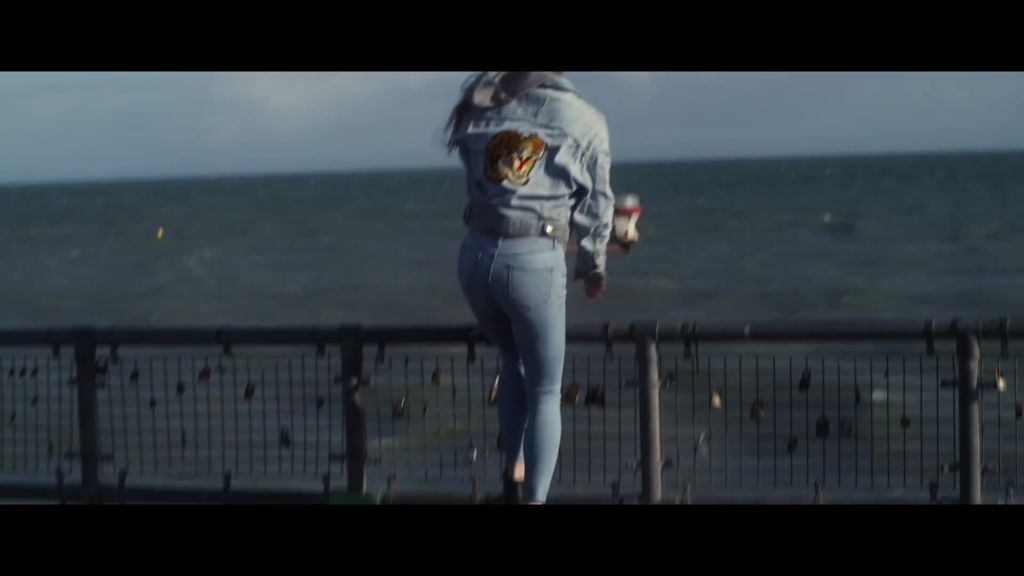
Credits
powered by
- Director Sam Walker
- Music Siren/London
- Editor Speade
- Editor Sam Sneade
- Producer Margit Sauk
- Sound Designer Anthony Moore
- Music Jon Clarke
- Colorist Seamus O'Kane
)
